
Is it time to repair or replace your old roof? Look for these red flags before calling a roofer.
For many homeowners, the thought of hiring a roofing contractor would typically only come after spotting a leak in their ceiling. This leak could be due to many different roofing problems, of course. But situations like this provide a great opportunity to ask a much bigger question.
“How can I tell whether I need a simple roof repair or an entirely new roof?”
To make things easier for you, we’ve gathered a list of common signs to look for when deciding whether or not it’s time for a new roof:

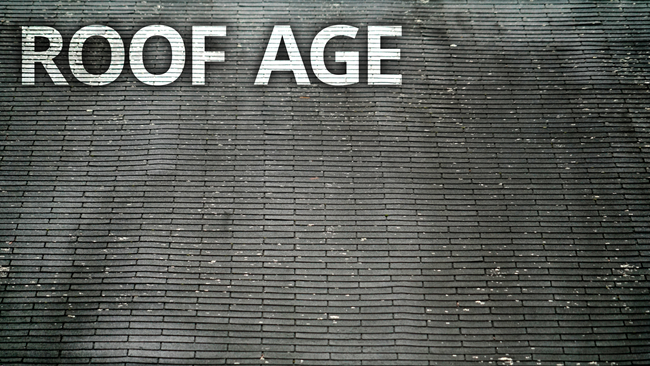
One of the biggest variables to consider is the age of your asphalt shingle roof. Most experts agree that a typical roof will last between 20 to 25 years. However, that number can change depending on whether the old roof was removed. If your current roof was installed over another layer, if not several layers, and it is nearing the 20-year mark, chances are you need a new roof.

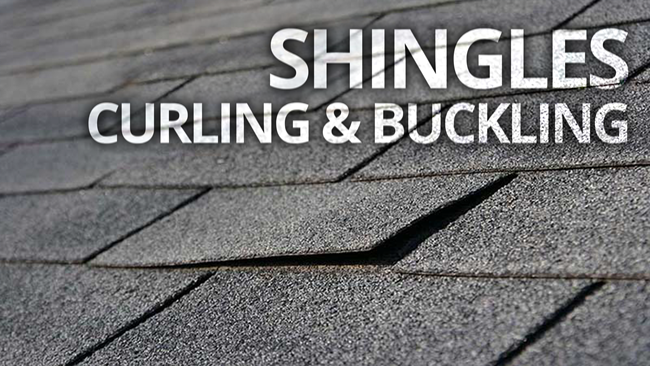
Shingles that are curled or buckling* are another sign that you may need a new roof. Look at the slopes of your home that get direct sunlight. If you notice the shingles are curling and losing granules, it could mean the shingles are past their life expectancy. There could also be a possibility that the roof is defective. Contact a licensed roofing contractor to see if you could be eligible for reimbursement.

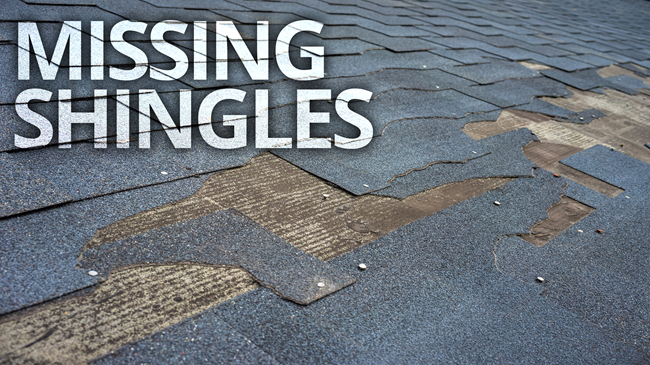
These are another sign your roof could be failing. Check to see if all of the shingle “tabs” are intact.

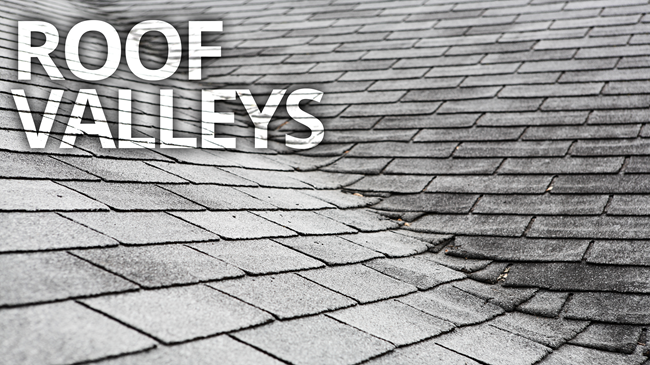
If your roof shingles are falling apart or missing in this area, it's a definite sign you need a new roof. Valleys are one of the most important areas of your roof. Snow and rain flow through valleys and into gutters. If the valley is compromised, you could be susceptible to roof leaks.


Roofs tend to lose more granules toward the end of their life cycle. Look in your gutters to see whether they are loaded up with shingle granules. Additionally, inconsistent or darker color on some parts of the roof can be another clear indication that the granules have worn away.

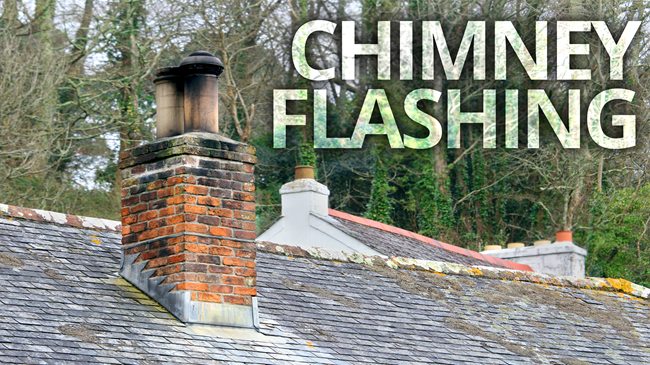
This is another area to be concerned about. If your flashing consists of roof cement or tar, it may need to be replaced with a long-term, water-tight fitting, which would be a metal flashing system.

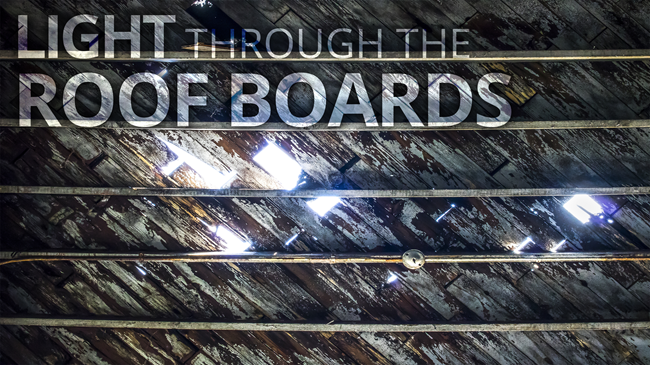
While walking on the roof, you may notice a spongy feel or a sort of “trampoline” bounce. Typically, this means the underlying decking is weakened from moisture. In this case, you’ll want to check your attic to see if there is any daylight coming through the roof boards. You should also check for moisture in the insulation.

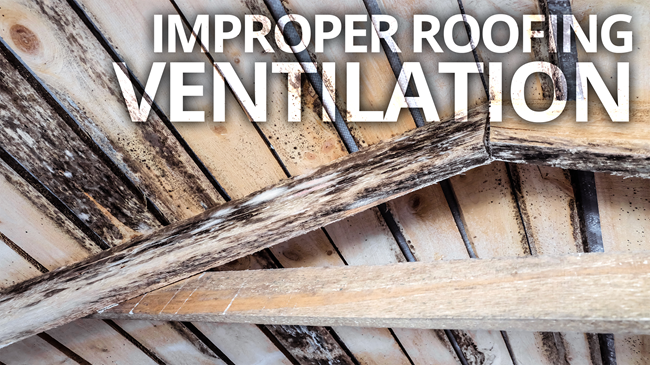
Proper ventilation and drainage are crucial for a healthy structure. Insufficient ventilation of a roof and attic space can cause heat to build up, which can cause ice damming in northern climates and undue stress on HVCA systems in the south. In addition to heat, improper ventilation can cause a build-up of moisture that can lead to rot, mold, rust, and even more undesirable consequences.

CONCLUSION
At Keene Building Products, we create spaces. From the need to provide proper drainage and ventilation under a cedar roof to venting the air from unconditioned attic space, Keene provides the solution with its Viper Vent Roofing System.
Whether you’re dealing with a leak in the ceiling or any of these other issues, it is always important to contact a licensed roofing contractor to make sure your roof is in proper working condition. Taking the necessary steps to create a properly ventilated space ahead of time can ultimately prevent that “simple roof repair” from becoming something much worse.